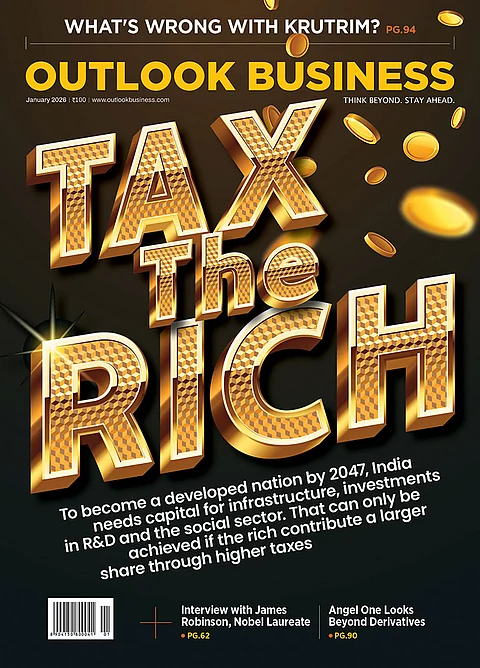That is why we are not only quality-focused but also opportunistic when the moment presents itself. Sure, we look at RoC, free cash flow and don't want to buy bad managements. But more importantly, what we strive to do is capture the gap between perception and reality. That is where, in our view, you can make an incrementally high return.
Let me detail that a bit. There is a gap between perception and reality of the quality of the business, the management, the ROIC profile and earnings growth. We are trying to play and capture that gap. More often than not we are right and our perception does catch up with reality. To rephrase: We invest in businesses where we think the earnings power is dramatically different than what the market thinks it is from a five to 10-year perspective.
That is our edge. Obviously, it is not an easy thing to do. It requires a finer understanding of businesses and companies. It also requires you to have a very good understanding of the embedded perception in the minds of investors regarding a particular company. I think that is very crucial. You need to understand what the market believes this company will deliver. Unless you have a good understanding of that, you won’t be able to capture the gap between perception and reality.
I will give you two to three examples of us doing that. Sometimes you get lucky but you do have situations where the valuation is absurdly cheap. In the case of Eicher it was very clear that the absurdity existed for technical reasons. There were a whole bunch of investors who had piled into the stock thinking that Volvo or Daewoo would buy out the company and trigger an open offer. It didn't happen and they were bailing out of the stock because the trade had gone wrong.
Shocking as it would seem today, investors thought that Enfield was a big liability. They were only selling 45,000 motor cycles and losing money. Investors thought it was an albatross around the company's neck but we did not find anything wrong with either the management or the business. The stock was cheap, it was a good business and negative investor perception was influencing the stock price. Unlike others, there was no reason for us to panic, lose conviction and sell.
The second example of varied expectation that comes to mind is Ashok Leyland. This company is an example of how a management can change a business. The market for trucks was badly hit and investors were trying to come to terms with the cyclicality of the business. Our edge was our understanding that there was a fundamental change underway in the company. Gopal was new while Vinod was already there. They had a very different approach than the previous guys. They had brand new engines and a brand new truck platform and were fully ready for the next cycle. They had moved from being a HCV company to having an LCV and a small commercial vehicle. They had expanded distribution and built a defence business.
They had fundamentally changed their breakeven from 60% of sales to 35% of sales and improved their balance sheet. Hence, the asymmetry of risk and reward seemed very much in favour. At ₹13, we were buying at book value. There was nothing to stop it from going down another 25% but we ruled out them going bust as they have the Hinduja family behind them. We could lose 25% but could easily justify ₹50 with the very simple assumption of industry growth normalising.











